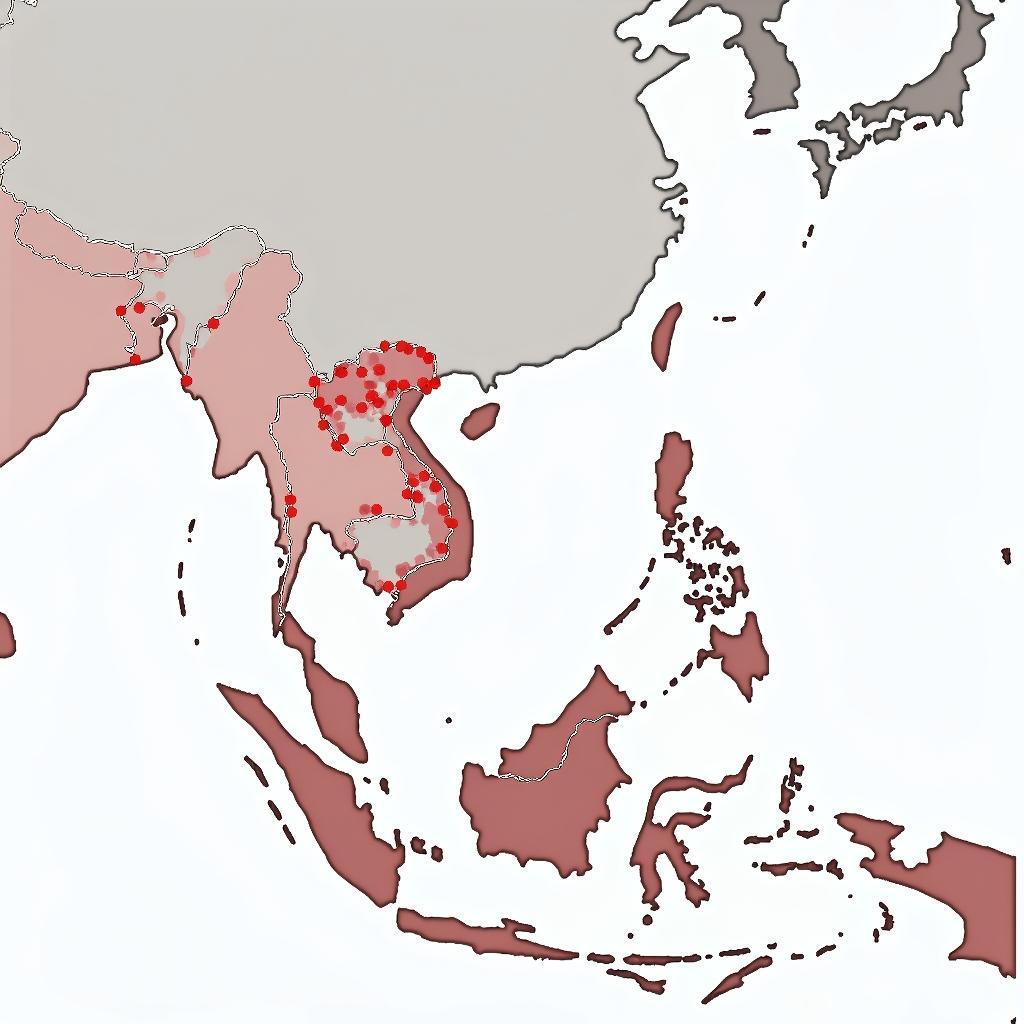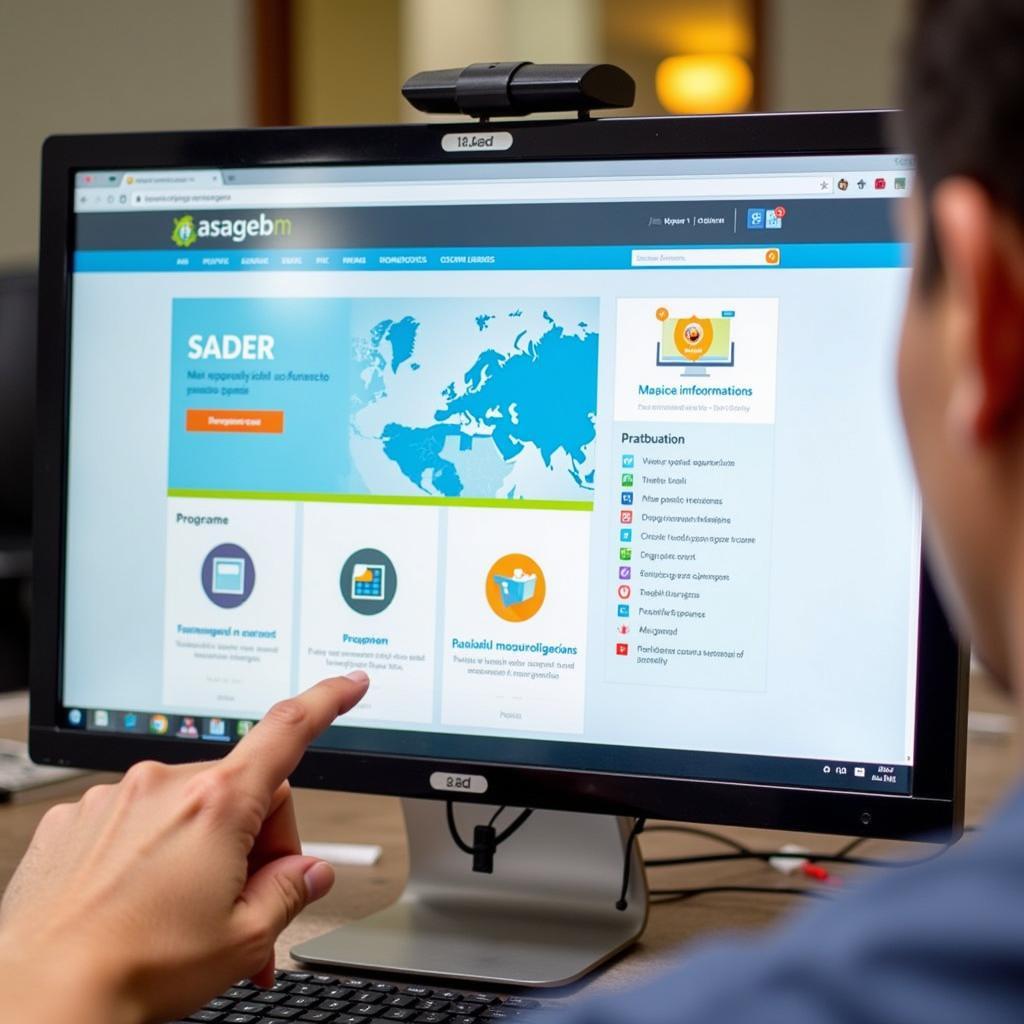Cancer, or tumors, represents a significant health challenge across the ASEAN region. This article explores the multifaceted landscape of cancer care and prevention within Southeast Asia, addressing its unique complexities and highlighting emerging advancements. We’ll delve into the various factors influencing cancer prevalence, discuss access to treatment, and examine the role of cultural perspectives in shaping healthcare decisions.
Cancer Prevalence and Risk Factors in ASEAN
The types of cancer prevalent in ASEAN countries vary considerably, influenced by diverse lifestyles, environmental factors, and genetic predispositions.  Cancer Prevalence Map Across ASEAN Countries While some cancers, like lung and liver cancer, are more common across the region, others exhibit distinct patterns. For example, stomach cancer is more prevalent in parts of East Asia and Southeast Asia than in Western countries. Factors like dietary habits, exposure to certain infections, and tobacco use contribute to these variations.
Cancer Prevalence Map Across ASEAN Countries While some cancers, like lung and liver cancer, are more common across the region, others exhibit distinct patterns. For example, stomach cancer is more prevalent in parts of East Asia and Southeast Asia than in Western countries. Factors like dietary habits, exposure to certain infections, and tobacco use contribute to these variations.
The Impact of Lifestyle and Environment
Lifestyle choices play a crucial role in cancer risk. Diets high in processed foods and low in fruits and vegetables, coupled with limited physical activity, contribute to increased rates of obesity and related cancers. Environmental factors, including air and water pollution, as well as occupational exposures to carcinogens, also pose significant risks. Rapid urbanization and industrialization in some ASEAN nations have exacerbated these challenges.
Access to Cancer Care and Treatment
Access to quality cancer care remains a critical issue in many ASEAN countries. Disparities exist between urban and rural areas, with limited access to specialized facilities and healthcare professionals in remote regions. Financial constraints also pose a barrier for many individuals seeking treatment. Initiatives aimed at improving healthcare infrastructure and implementing affordable healthcare programs are crucial for addressing these disparities.
Emerging Advancements in Cancer Treatment
Despite the challenges, significant advancements in cancer treatment are emerging in ASEAN. The region is witnessing increasing adoption of innovative technologies, including targeted therapies, immunotherapy, and advanced surgical techniques. These advancements offer hope for improved treatment outcomes and enhanced quality of life for cancer patients.
Cultural Perspectives and Cancer Care
Cultural beliefs and practices significantly influence healthcare decisions in ASEAN. Traditional medicine and alternative therapies often play a role alongside conventional treatments. Understanding these cultural nuances is essential for effective communication and patient-centered care. Open dialogue between healthcare professionals and patients, considering both cultural sensitivities and evidence-based medicine, is paramount.
Conclusion
Addressing the complex challenges of cancer in ASEAN requires a multi-pronged approach. Continued investment in research, improved access to quality care, and culturally sensitive healthcare practices are crucial for effectively combating cancer and improving patient outcomes across the region. ASEAN must continue working collaboratively to address these challenges and improve the lives of those affected by cancer.
FAQs
- What are the most common cancers in ASEAN?
- How do lifestyle factors contribute to cancer risk?
- What are the challenges in accessing cancer care in ASEAN?
- What are some emerging advancements in cancer treatment in the region?
- How do cultural perspectives influence cancer care decisions in ASEAN?
- What are some preventative measures for reducing cancer risk?
- Where can I find reliable information about cancer resources in ASEAN?
Need support? Contact us 24/7: Phone: 0369020373, Email: [email protected], or visit us at: Thon Ngoc Lien, Hiep Hoa, Bac Giang, Vietnam.
